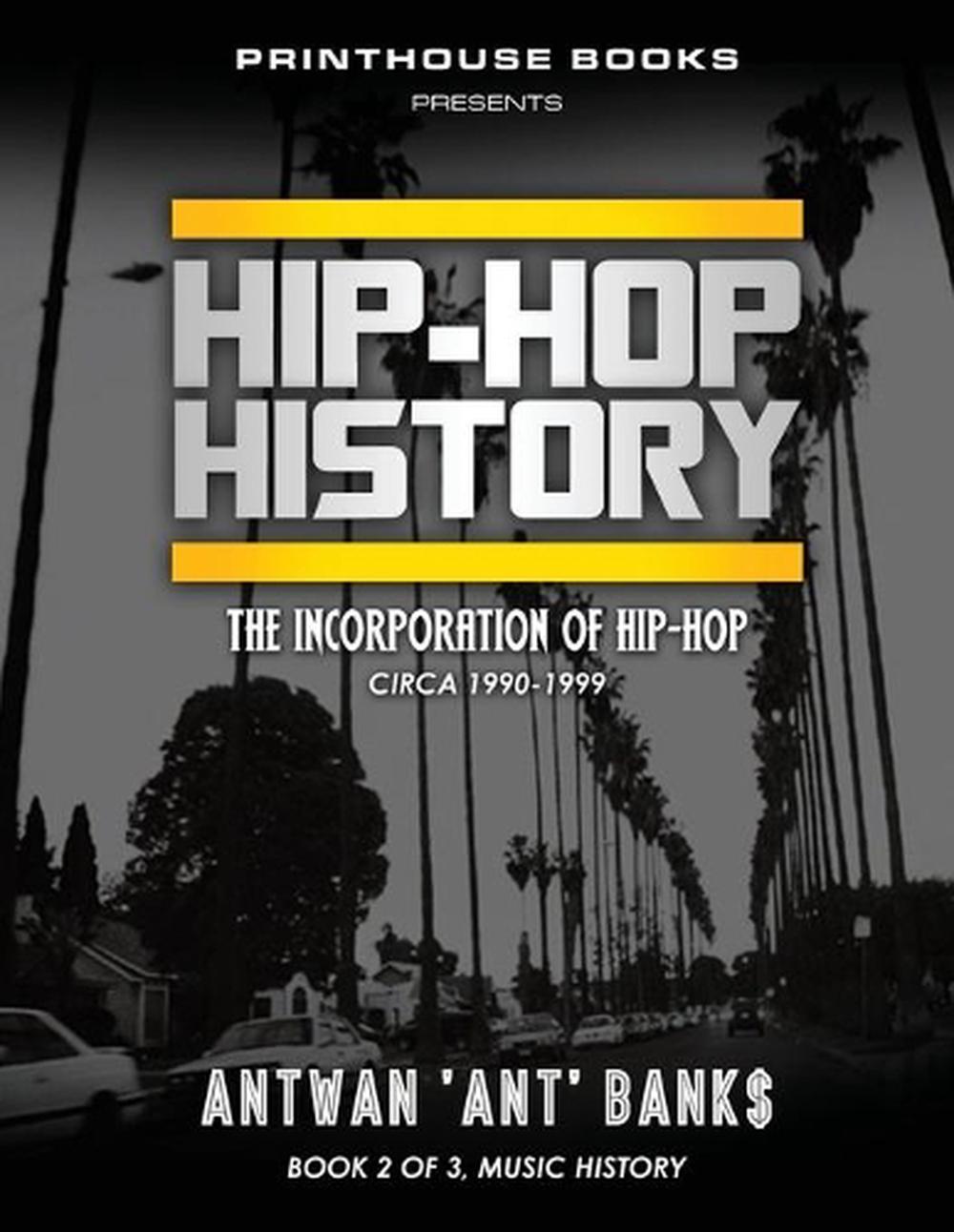

This horrific incident inspired Black rappers like Tupac and Ice Cube to create songs explicitly or implicitly referencing Latasha’s murder and/or the antiblackness they witnessed or experienced from Koreans in their communities. While many people primarily remember the time period because of the Rodney King police brutality video, this murder – notable for how Soon Ja Du pretty much got off with a slap on the wrist – further (negatively) shaped relationships between Black and Korean communities in Los Angeles that were already tense and increased hostilities that would boil over as one of the secondary catalysts of the 1992 Los Angeles riots. However, witnesses in the store claimed that Latasha was preparing to pay for the bottle before she was accosted. Latasha Harlins was a 15-year-old Black teenager who was murdered by Soon Ja Du, a Korean storeowner who initially claimed that the killing was in self-defense, over a bottle of juice that the teenager was supposedly shoplifting. MARCH 1991 – The murder of 15-year-old Latasha Harlins by Korean My partner in timeline-ing, Jaeyoung, included Do The Right Thing in her own work on the timeline as the film wasn’t just notable for its music, but for its influence on Korean audiences in and out of the United States thanks to the presence of Steve Park’s Sonny, a Korean store owner. Hong Seo-Beom was a rock musician that incorporated rapping in to his 1989 song about a 19th-century Korean poet.ġ989 – Spike Lee’s Do The Right Thing is released This song is credited as the first Korean pop song with rapping. (Information gleaned from Hanguk Hip Hop by Myoung-Sun Song.)ġ989 – Hong Seo-beom’s “Kim Satgat” is released. Tight censorship in media started to loosen, Korean-Americans and other members of the diaspora were coming home from abroad, and the combination of those two things meant that Black-created/popularized musical styles like hip-hop, rap, and R&B became (more) known to Koreans on the peninsula. The 1988 Olympics are notable as a pivot point for Korean culture and history. Ice-T himself pushes back against the idea that he created gangsta rap, repeatedly bowing his head to Schoolly D’s 1985 self-titled album and his track “P.S.K.” in places such as the documentary Hip Hop Evolution.ġ988 – The Summer Olympics were hosted in Seoul. “It’s Like That”, their 1983 debut single, reached #15 on the US R&B charts.ġ986 – Ice-T’s “Six in the Mornin'” is releasedĪnd it’s viewed as the first “gangsta rap” single She’s important to mention at this point of the project because she’s also a household name and cultural icon within Korea now and a sign that Black people from Korea are known to the citizens.ġ983 – Run DMC released their debut single “It’s Likeįounded by Joseph Simmons, Darryl McDaniels, and Jason Mizell in 1981 in Queens, New York, this group would go on to be one of the most influential music acts in hip-hop history. She’s a still-active singer who performed at the 2018 Winter Olympics. Insooni debuts as part of the Hee Sisters in South Koreaīorn in 1957 to a Korean mother and an African American GI, Insooni is a soulful diva that remains one of the most well-known performers in Korea. However the etymology of the word “rap” and the African (and African American) tradition of rhythmic speech (often) alongside beats dates back way further and we have evidence of Black artists dating back to the Sixties performing a spoken word style that they called “rap”. This source claims that in 1978, the music industry coins “rap music” and shifts from DJs towards MCs. Further sources claim that Keith “Cowboy” Wiggins (from Grandmaster Flash and the Furious Five) actually came up with a name for the genre four years later in 1978ġ978 – “Rap music” as a term coined in the United While the foundations of hip hop music were laid in 1972/1973, multiple sources claim that the genre didn’t take flight until 1974.
KOREAN HIP HOP HISTORY BOOK PDF
(Please let me know if you need or want a PDF copy of this timeline and source post!)ġ974 – The birth of “hip hop” as a genre in the United States. Otherwise, it’d be book-length and I would be a hot mess from having to wade through my sources even longer.

Note: This timeline is an attempt on my and Jaeyoung’s parts to show a trajectory and some major moments for hip-hop that potentially put these cultures into conversation.Īs a result, timeline does not cover every single event that happened across Black and Korean hip hop history.


 0 kommentar(er)
0 kommentar(er)
